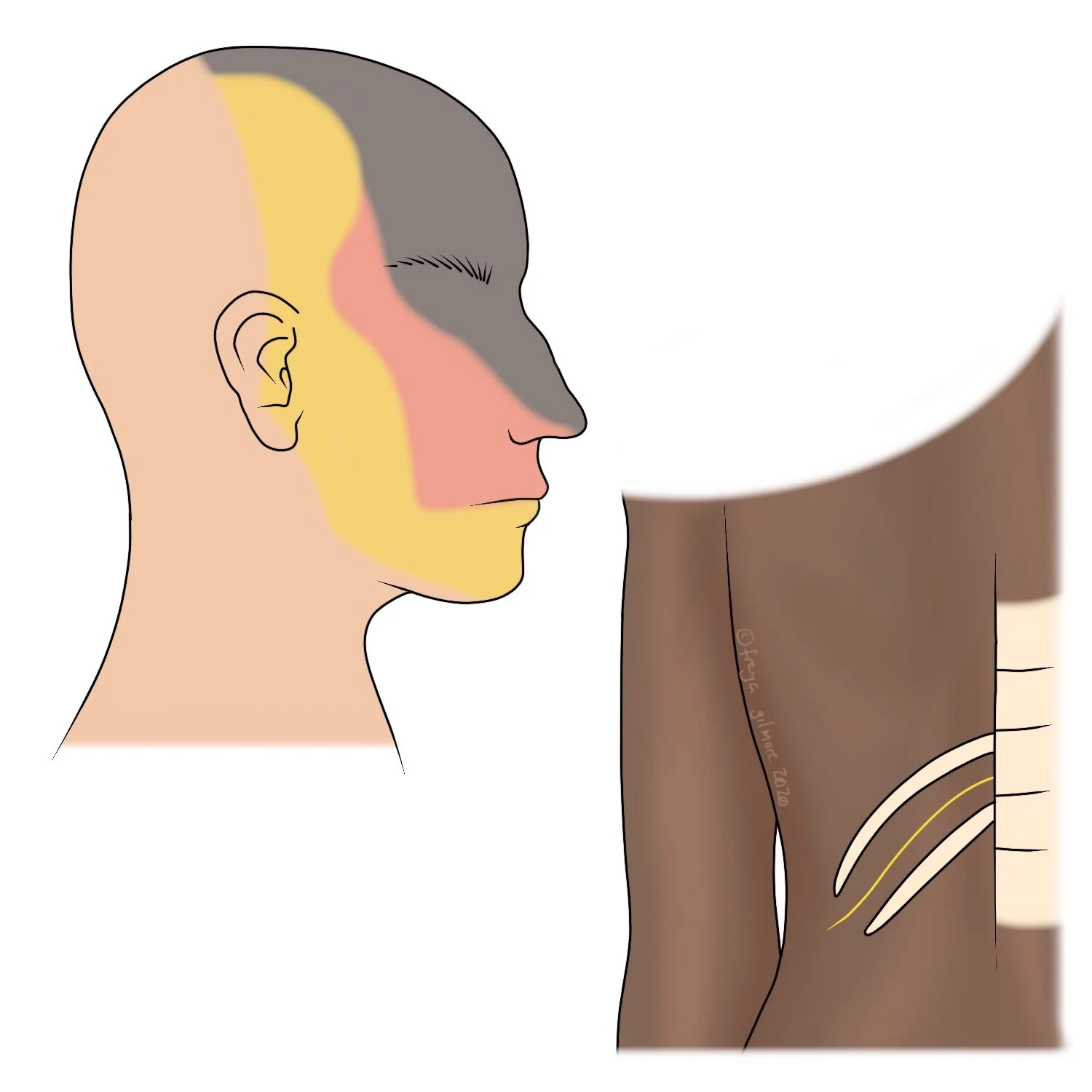Reflux is a common complaint among young babies, and cases sit somewhere on a spectrum.
Read MoreTongue tie is a common problem with newborns, but it can be hard to diagnose. Cases fall on a spectrum, with some being visibly obvious, and others causing more vague symptoms.
Read MoreThere is a condition related to Rheumatoid Arthritis that causes lower back pain and stiffness. It often goes undiagnosed because symptoms are subtle.
Read MoreThe joints between the bones of babies’ skulls are relatively soft. This allows for movement during birth, and minimises restriction of the brain’s growth.
Read MoreBeing told you have a scoliosis is a horrible thought for some, but the truth is most of us have some degree of asymmetry. It’s also possible to have a scoliosis in certain positions only- this is called a “functional scoliosis”.
Read MoreAlso known as Lateral Epicondylitis, Tennis Elbow is more than just a pulled muscle. The muscles that extend the wrist (pull it back) attach to the outside of the elbow. Through repetitive strain and inflammation, the spot where muscle and bone meet can become sore.
Read MoreThe formal name for frozen shoulder is adhesive capsulitis, which means "sticky, inflamed capsule". As the shoulder begins to freeze, it is the capsule that has become tight or "stuck".
Read MoreSometimes you might find a “knot” in a muscle, which feels better when you massage it. Other times, pressing into the knot causes a strange pain somewhere else. This might be a trigger point.
Read MoreThe Sacroiliac Joints (SIJs) are large, bumpy joints at the back of the pelvis. They join the pelvis to the spine, and there is one on either side.
Read MoreThe carpal tunnel is a small space in the underside of the wrist. When the contents of the tunnel becomes squashed and a nerve is irritated, you have carpal tunnel syndrome (CTS).
Read MoreOsteopaths treat the person, not the condition. This is no different in pregnancy, when the body is under new mechanical strains. Although there are some common patterns, we all react differently.
Read MoreSome sports injuries need a little bit of help to recover, and others can be prevented before they even start.
Read MoreSometimes we all experience vague aches and pains, and often we can just wait them out. But other times they can be more persistent, and instead of getting better, they get worse.
Read MoreNeck pain can really impact daily life. Twinges on small movements are more than just annoying, and stiffness can impact driving safety. Luckily, your osteopath can help.
Read MoreHeadaches can be notoriously difficult to pin down, but cervicogenic headaches have a few strong hallmarks.
Read MoreManagement strategies for Long Covid are still emerging, but they appear to be multi-disciplinary (NICE guidelines Nov. 2021). Returning to activity after Covid can be a slow process. The combination of fatigue and breathlessness can be very limiting. Despite frustration, it’s important to take it slow.
Read MoreSciatica is a specific kind of leg pain. It is only caused by the sciatic nerve, and so it can only be felt along the route of the nerve. That is from the buttock, into the back of the thigh, and down the back and front of the calf.
Read MoreWhen pain remains after 3-6 months, we consider it to be chronic. Your osteopath’s job is to help you unpick the factors that led to it.
Read More


















